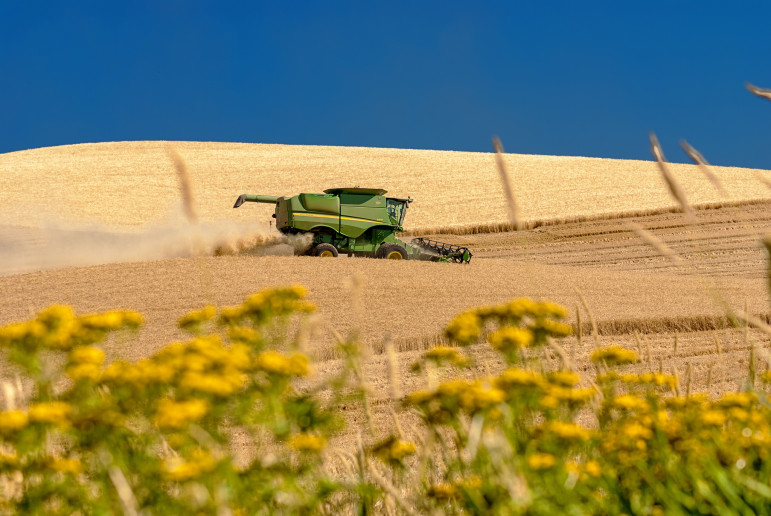World Hunger: Ten Myths
Authors: Frances Moore Lappé and Joseph Collins
In troubled times, all of us seek ways to make sense of the world. We grasp for organizing beliefs to help us interpret the endlessly confusing rush of world events. Unfortunately, however, the two of us have come to see that the way people think about hunger is the greatest obstacle to ending it. So in this Backgrounder we encapsulate 40 years of learning and in-depth new research to reframe ten such ways of thinking explored in our latest book World Hunger: 10 Myths. We call them “myths” because they often lead us down blind alleys or simply aren’t true.
Myth one: too little food, too many people
Our response: Abundance, not scarcity, best describes the world’s food supply. Even though the global population more than doubled between 1961 and 2013, the world produces around 50 percent more food for each of us today—of which we now waste about a third. Even after diverting roughly half of the world’s grain and most soy protein to animal feed and non-food uses, the world still produces enough to provide every human being with nearly 2,900 calories a day. Clearly, our global calorie supply is ample.
Even though the global population more than doubled between 1961 and 2013, the world produces around 50 percent more food for each of us today—of which we now waste about a third.
Increasingly, however, calories and nutrition are diverging as the quality of food in most parts of the world is degrading. Using a calorie-deficiency standard, the UN estimates that today roughly one in nine people is hungry—about 800 million; but adding measures of nutrient deficiencies as well, we estimate that a quarter of the world’s people suffer from nutritional deprivation.
Food scarcity is not the problem, but the scarcity of real democracy protecting people’s access to nutritious food is a huge problem. So, fighting hunger means tackling concentrated political and economic power in order to create new equitable rules. Otherwise hunger will continue no matter how much food we grow.

